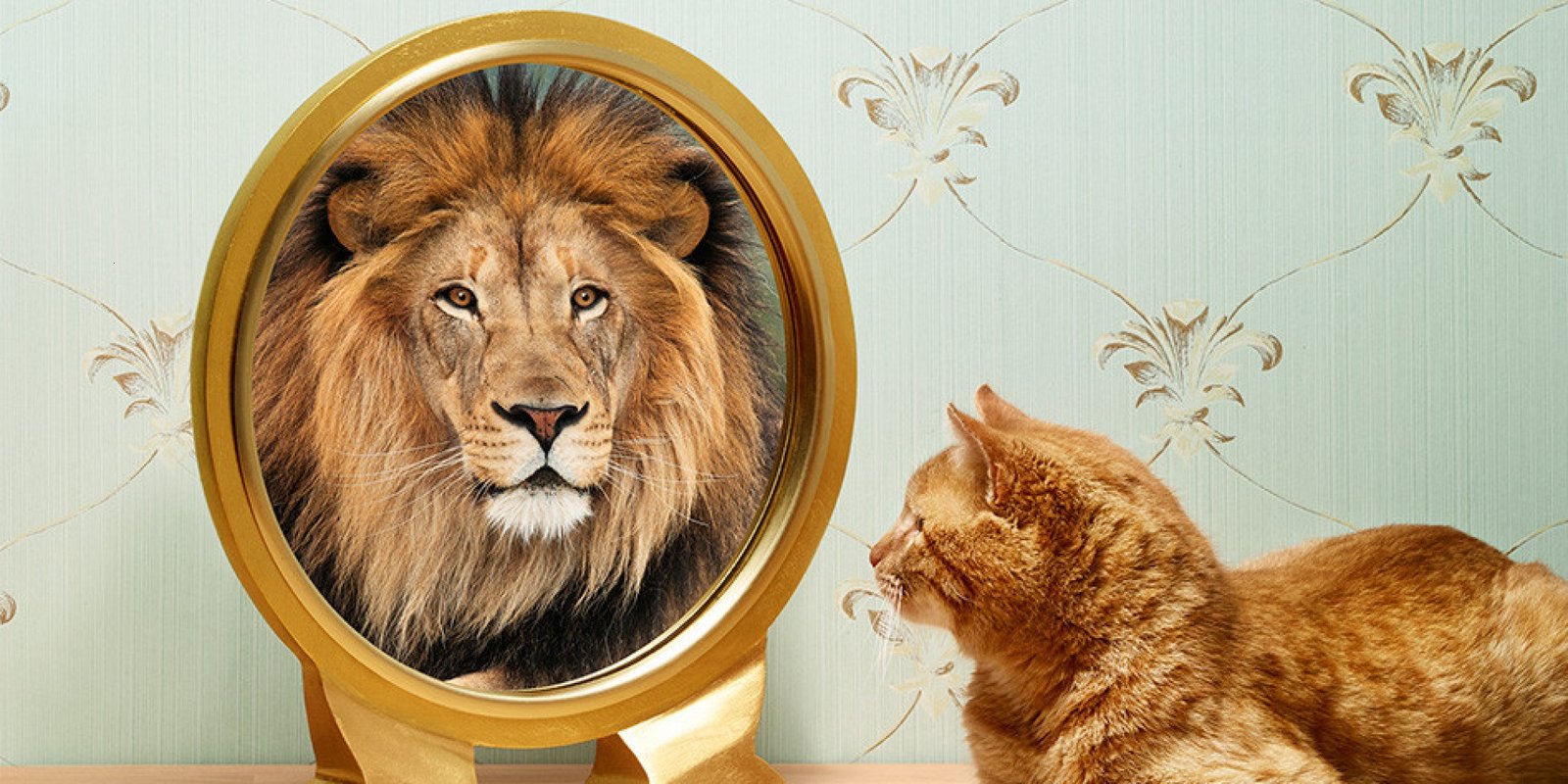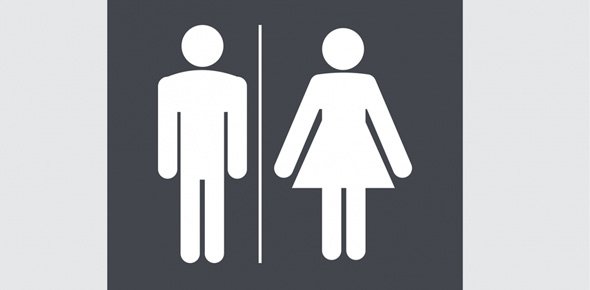Month: September 2018
-

Your Self-Image is Very Flexible
If I asked you a question about yourself, the answer would depend on what else is on your mind. Your self-image is extremely susceptible to the availability heuristic. This heuristic causes you to assume something is important or more likely if you can easily think of an example of it. So if I asked if…
-

If your teacher thinks you are dumb, you will be.
If your teacher thinks you are dumb, you will be. The Golem Effect is where if someone has a negative opinion of you, you will perform worse for them than you would have otherwise. The Pygmalion Effect is the opposite – a positive opinion will result in your overachieving. Teaching is the most obvious environment…
-

We act out our own stereotypes
We cannot help acting out our own stereotypes. By this I mean, if we have a stereotype which applies to us, we are prone to conforming to that stereotype. Priming is the means by which social psychologists, being extremely devious, awaken a schema in someone without their knowing it. It is like getting a thought…
-

“Will a major storm devastate a small island in the near future?” An example of the availability heuristic.
Do you think a major storm is likely to devastate a small island quite soon? I am no meteorologist but, being a psychologist, I expect that your answer to this question was “yes”. Two horrific storms are lashing different parts of the world as I write this. The newspapers and websites are full of the…
-

We need stereotypes
A stereotype is a heuristic – a mental shortcut. We would need them to negotiate our way around a simple world, let alone the complicated one we find ourselves in now. If you see a square-ish, flat surface with four legs holding it off the floor and a vertical surface rising from one side you…
-

First impressions (really do) last
It is a familiar adage that first impressions last, but they really do. After we have formed a first impression about someone, usually remarkably quickly, we then spend any time we have with them looking for evidence to confirm our opinion. Note my wording there: we look for evidence to confirm our opinion. We don’t…
-

Presentation is everything
I don’t know about you, but when I cook dinner for my family and dish it up, I am a firm believer that presentation doesn’t matter. The proof of the pudding is in the eating. Taste is everything and the sloppiness of my sloshing the food onto the plate is unimportant. That is, until they…